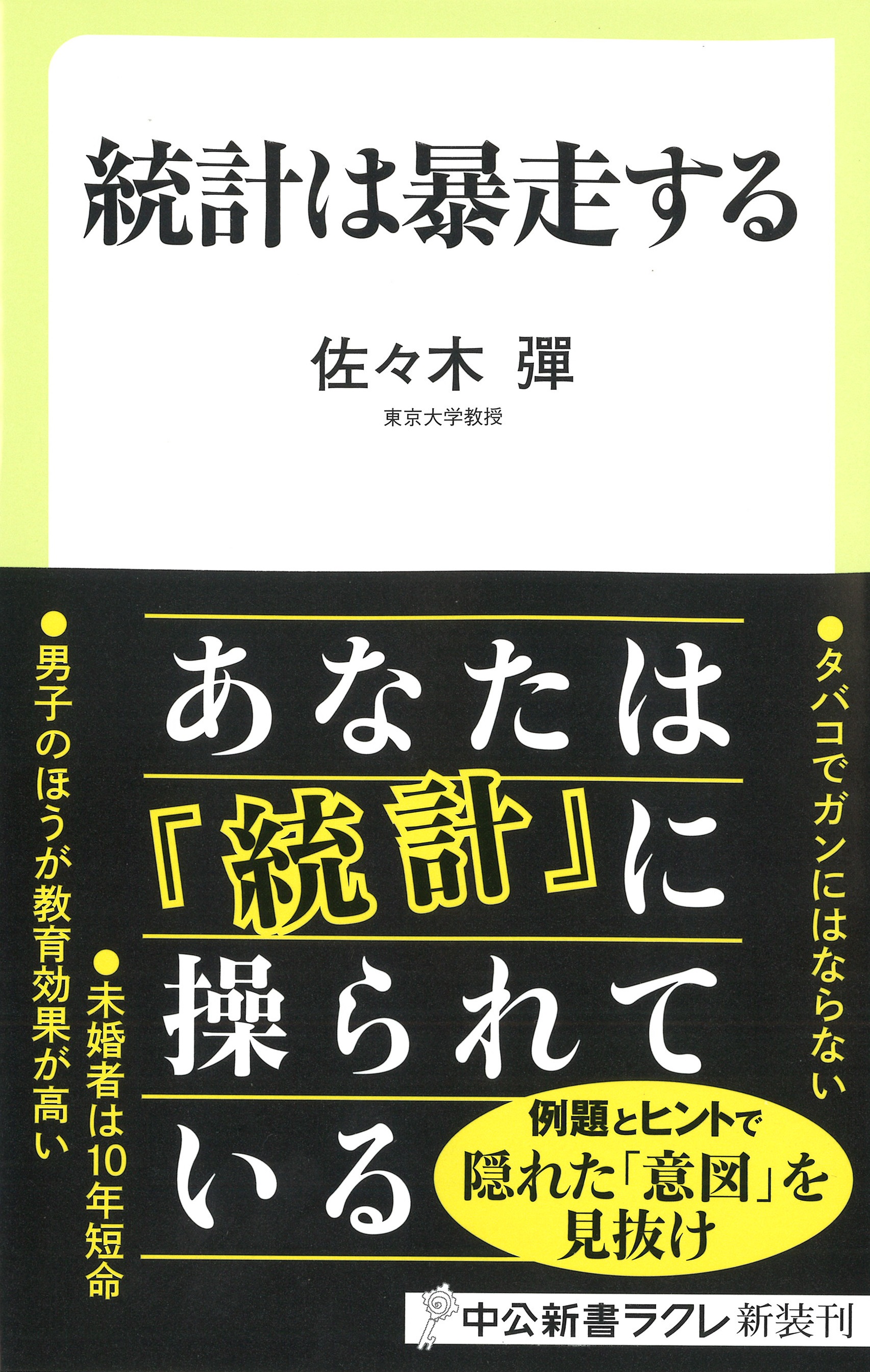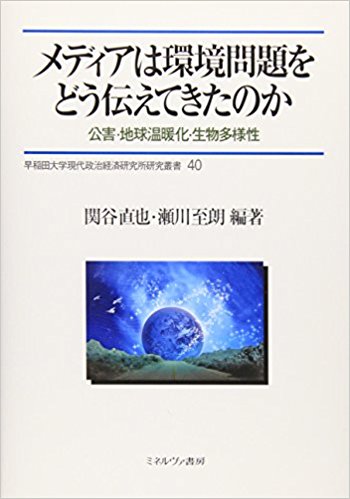
Title
Toukei wa bousou suru (Statistical abuse and misuse)
Size
256 pages, paperback pocket edition
Language
Japanese
Released
September 07, 2017
ISBN
978-4-12-150594-1
Published by
CHUOKORON-SHINSHA, Inc.
Book Info
See Book Availability at Library
Japanese Page
The world today is flooded with information, much of which involves statistics. This book is to help develop statistical literacy through case studies based upon published news articles and ostensibly scientific research reports, exemplifying how to read constructively and critically, how and where to find statistical misuse and logical faults, and ultimately how to reconstruct underlying facts behind misreports. These case studies are largely sorted into the following categories.
Statistical cheating:
Statistics sounds as if, yet is actually not, part of the God-made law of nature per se. It is a purely man-made architecture, intentionally and purposefully observed, collected, edited, and reported by human authors. Miscommunication between the authors and the audience is inevitable unless the authorial intention, not only the numbers and mathematics, is made crystal clear.
Statistical profiteering:
To this date, our scientific research codes of conducts rule only against active forgery, withOUT further ado about what we report and what we hide. This inevitably implies that science can be invincibly legal and ethical without being profit neutral at all. Indeed, this echoes with the Trojan Horse inherent in statistical hypothesis testing. For example, 5% statistical significance means that the data, or the statistic based whereupon, should materialise with probability no higher than 5% even when the null hypothesis is correct. Even an entirely irrelevant regressor may turn out "statistically 5% significant" once every 20 trials, only if the researcher remains quiet about the other 19 trials. In this way, any arbitrary hypothesis could be "scientifically" proved, effectively forging any "result" we like!
Statistical hate speech:
In lieu of concocting spurious results for one's own profit, statistics can also be used for negative campaigning. Just as wartime governments ostensibly "proved" poor intelligence and health of enemy nationals, factional critics are fond of abusing statistics to abuse their opponents. Any statistics deliberately targeted against specific interest groups, is neither value-free nor scientific. A telltale sign whether a supposedly statistical report is scientifically truthful, is how partisan or non-partisan it sounds.
Statistical genocide:
Deliberate or not, some of the prevalent statistical myths, regarding health and environment in particular, can potentially cost many a precious life. Viewed from the flip side, this reveals how eloquent a language statistics can be, enabling us to tell fairy tales and lies as much as our everyday language can, in spite of our naïve intuition as though statistics were highly mechanical mathematics allowing little to do with human imperfections.
(Written by Dan Sasaki, Professor, Institute of Social Science / 2018)



 Find a book
Find a book



